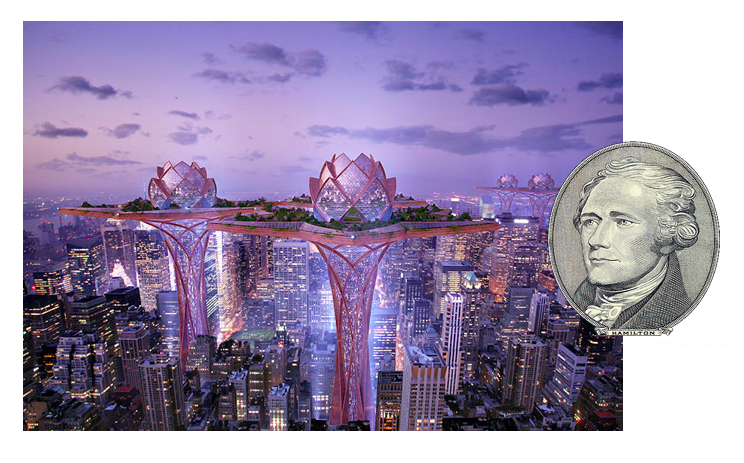National Geographic's Robert Draper provides us with a fascinating peek into Kinshasha, Democratic Republic of Congo. Kinshasha, a city of some 10 million, is the capital of the DRC.
Of particular note is the work of one Bodys Isek Kingelez, pictured above, with some of his work. Kingelez has made a good career for himself imagining fantastic cities.
Cool cities would be a good thing for Congo, for Africa--and for America. And the world.
As Draper writes:
Of particular note is the work of one Bodys Isek Kingelez, pictured above, with some of his work. Kingelez has made a good career for himself imagining fantastic cities.
Cool cities would be a good thing for Congo, for Africa--and for America. And the world.
As Draper writes:
Behold the city reimagined. Its gateway is a multicolored wheel. Beyond the wheel stretches a ribbonlike boulevard that crosses a Garden of Eden and concludes at a metropolis jutting out of a large body of water. The skyscrapers are bright and fantastically proportioned, a cross between Dubai and Legoland. Some of the buildings bear the emblem of a commercial product like toothpaste or beer; others, a place: Libya, U.S.A., Himalaya. The city is spotless, fiercely original. Also completely uninhabited.
The creator of the intricate cardboard-and-Plexiglas model city is Bodys Isek Kingelez. He looms over it, a bantamlike, middle-aged Kinois dressed entirely in red, from his sunglasses to his leather shoes. “Why don’t we build on water? There’s lots of space! It’s because we are afraid,” the artist declares. “Architects and builders worldwide can try to learn from my perception so as to help the forthcoming generations. I’m dreaming cities of peace. As a self-made intellectual, I haven’t yet reached the point I wish to reach. I’d like to help the Earth above all. Voilà.”
To be in the presence of the reclusive artist and his carnival-like models is to understand that he is not really compelled by altruism. Instead, he embodies the human audacity to reorder and wholly reinvent. To be God, as Kingelez himself observes: “When God created the world, it was Solomon who created the first great buildings. Today I’m just following God’s creation. I never sketch first. Academicians draw. I’m a creator. I rely on my vision.”
The vision came to him, the artist says, in 1979, while he was teaching economics in Kinshasa. “I had a revelation—it was like I was ill,” he recalls. “The voice said, ‘You have much to do. Find scissors, glue, and paper.’ I asked, ‘What can I do with these?’ The spirit told me, ‘Simply begin. You will see.’ I stayed at home with nothing to eat. The small model was finished in two weeks. Someone from my family came to visit and saw it. He said, ‘You must sell it!’”
He has been exhibiting and selling his models across Europe and the U.S. ever since.
This is the sort of vision we need here in the US, too--it will help restore the romance of construction and infrastructure-building.







No comments:
Post a Comment